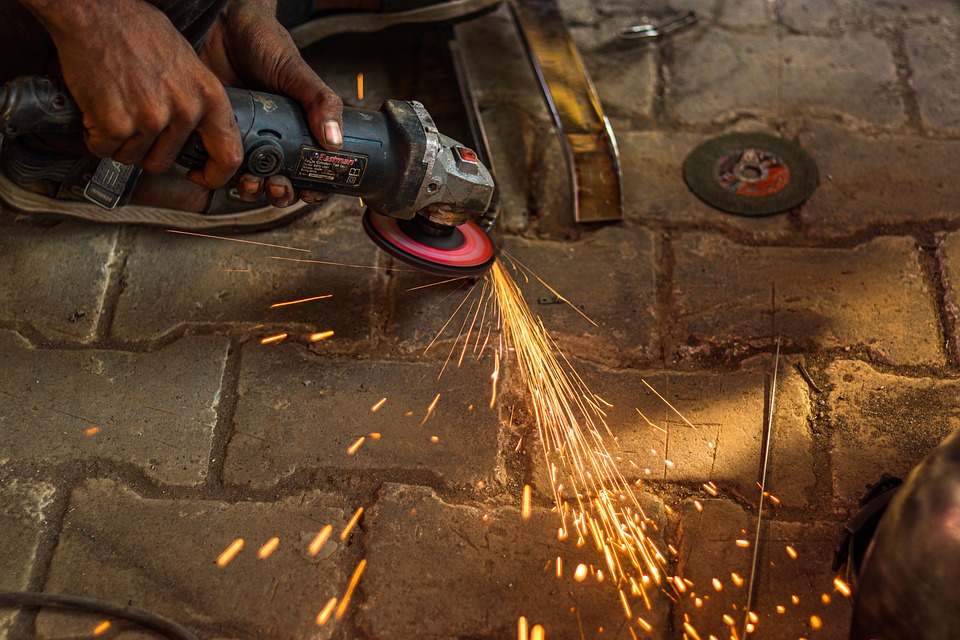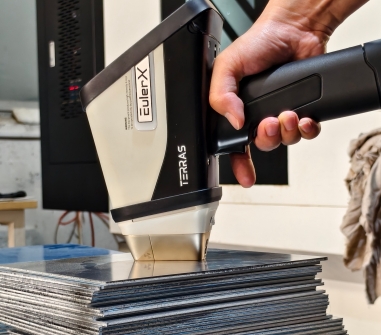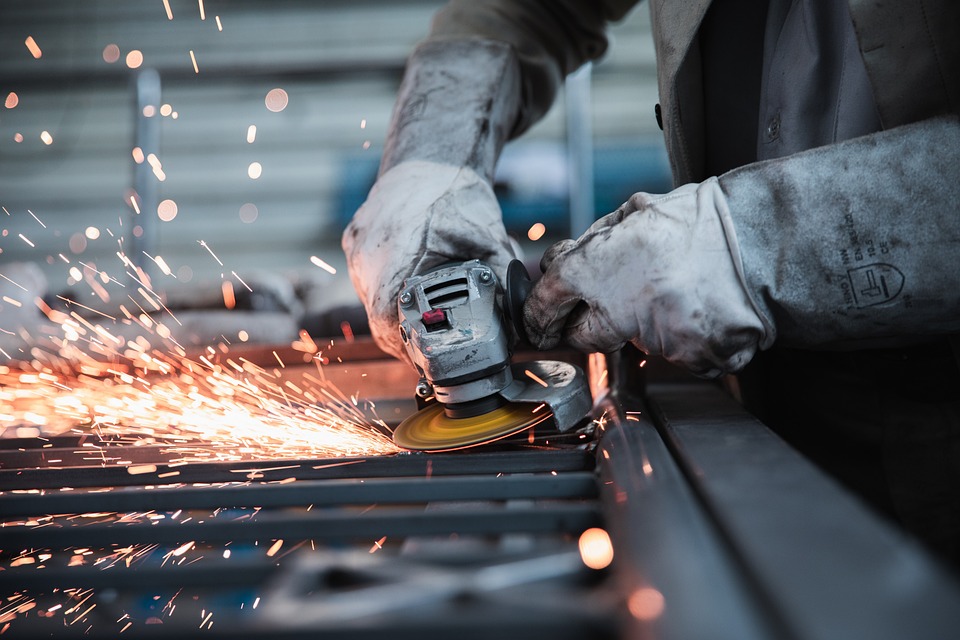
Alloy
A high-tech enterprise focusing on the development and application of X-ray technology products, committed to becoming a leading supplier of X-ray industrial testing solutions.
Is the XRF Price Worth the Investment for Your Business?
When it comes to industrial and laboratory testing, the need for accuracy, efficiency, and reliability is paramount. X-ray fluorescence (XRF) is one of the most powerful tools in materials testing, enabling businesses across various industries to analyze the elemental composition of materials quickly and non-destructively. However, with such advanced technology comes a significant investment. The question is, is the XRF price worth the investment for your business? Let’s break it down.
Understanding XRF Technology
Before diving into the financial considerations, it’s essential to understand what XRF technology is and how it works. XRF analyzers use the principle of X-ray fluorescence to measure the chemical composition of materials. When the material is exposed to high-energy X-rays, it emits fluorescent X-rays. The energy and wavelength of these emitted rays help determine the material’s elemental composition.

This technology is used in a wide range of industries including:
Mining: For elemental analysis of ores and minerals.
Construction: To test materials for compliance with building standards.
Environmental Testing: Detecting heavy metals in soil or water.
Manufacturing: Ensuring quality control of raw materials and finished products.
Forensics: Detecting and identifying substances for legal and criminal investigations.
The Cost of XRF Equipment
The price of an XRF analyzer can vary significantly based on its capabilities, brand, and whether it's handheld or benchtop. On average, a handheld XRF analyzer can cost anywhere from $20,000 to $50,000, while a more sophisticated benchtop model can run into the $100,000 to $200,000 range. Maintenance costs and consumables (such as calibration materials) add to the overall cost.
Is the XRF Price Worth the Investment?
Now that we understand the costs, let’s evaluate whether the price is worth the investment for your business. Here are some key factors to consider:
1. Efficiency and Time-Saving
One of the biggest advantages of XRF technology is its speed. Traditional laboratory testing methods can take hours or even days to deliver results. In contrast, XRF analyzers provide real-time, on-site results, often in just a few minutes. This can drastically reduce downtime, especially in industries like mining or manufacturing, where fast decisions can lead to significant savings.
2. Non-Destructive Testing
XRF is a non-destructive testing (NDT) method, meaning it doesn’t alter or damage the sample being tested. This is particularly valuable in industries where material integrity must be preserved or when dealing with expensive or irreplaceable materials. It allows you to perform multiple tests on the same sample without worrying about compromising its value.
3. Accuracy and Precision
XRF technology provides highly accurate results, with many modern devices capable of detecting even trace amounts of elements. This level of precision is essential for industries that require stringent compliance with safety and quality standards. For instance, in manufacturing, precise analysis of raw materials can prevent defects and costly recalls.
4. Cost Savings in the Long Run
While the initial investment may seem high, businesses that use XRF regularly can recoup the cost over time. The ability to quickly identify material defects, ensure compliance with regulations, and optimize production processes can lead to significant cost savings. Additionally, the accuracy of XRF can reduce the likelihood of costly errors and material wastage.
5. Portability and Versatility
Handheld XRF devices, in particular, offer portability, which makes them perfect for on-site testing in remote locations. For example, mining companies can use handheld XRF analyzers to test ore samples directly in the field, saving time and transportation costs associated with sending samples to a lab.
6. Regulatory Compliance and Risk Reduction
In industries such as construction, environmental testing, and manufacturing, ensuring that materials meet regulatory standards is crucial. XRF analyzers help businesses maintain compliance with local and international regulations by providing reliable, documented test results. This reduces the risk of costly fines, lawsuits, or reputational damage due to non-compliance.
When is XRF Not Worth the Investment?
While XRF offers numerous benefits, it may not be the right solution for every business. Here are a few scenarios where XRF might not be the best investment:
Low Frequency of Use: If your business doesn’t require frequent elemental analysis or testing, the high initial cost of an XRF analyzer may not justify the investment.
Specific Analytical Needs: XRF is excellent for certain types of materials (e.g., metals, ores, plastics), but it may not be suitable for testing all types of substances. For example, it may not detect certain light elements like hydrogen, which might be important in some industries.
Small Businesses with Limited Budget: For small businesses or startups with limited financial resources, the upfront cost and maintenance fees of XRF equipment might be a stretch. In such cases, outsourcing material analysis or using alternative testing methods might be a more cost-effective solution.
Rugged, reliable, and ready for anything, the EulerX900S portable XRF Spectrometer is your go-to for on-the-spot element analysis. From Mg to U, get precise readings that drive quality control, boost scrap sorting profits, and enable dependable environmental screening—no matter the conditions. Its hardened design stands up to rain, dust, and shocks, and with built-in Wi-Fi and a user-friendly touchscreen, you can create clear, actionable reports in seconds, right where you work.

Terras EulerX900 Handheld Alloy Analyzer
Conclusion: Is XRF Worth the Investment?
The short answer is: it depends. For businesses that require accurate, rapid, and non-destructive testing of materials, the XRF price can be a worthwhile investment. The efficiency gains, cost savings, and improved compliance with regulations often justify the initial expense, especially in industries where precision and speed are critical.
However, for businesses with limited testing needs or those on a tight budget, other alternatives may be more cost-effective. Before making the purchase, carefully evaluate your business's specific testing requirements, the volume of analysis you need to conduct, and the potential return on investment.
Ultimately, the decision to invest in XRF technology should be based on the value it brings to your operations, both in the short and long term. If used strategically, it can offer a significant competitive advantage and help your business stay ahead of the curve.
About Terra Scientific
Terra Scientific is a high-tech manufacturer specializing in the development and application of X-ray technology products. We are committed to becoming a world-class provider of X-ray industrial inspection solutions. Terra Scientific currently offers a range of products to global customers, including handheld alloy analyzer, handheld precious metal analyzer, handheld mining analyzer, benchtop precious metal analyzers, in-line analyzer, and spectrometer modules, along with XRF analyzers. We continuously serve global clients in fields such as mechanical manufacturing, metal processing, aerospace, petrochemicals, mining and geology, food safety, environmental protection, and scientific research.
To learn more, please don't hesitate to contact us via email at sales@terra-scientific.com, or visit our website at http://www.terra-scientific.com
Join Us
Subscribe to our email list for updates & promotions.



